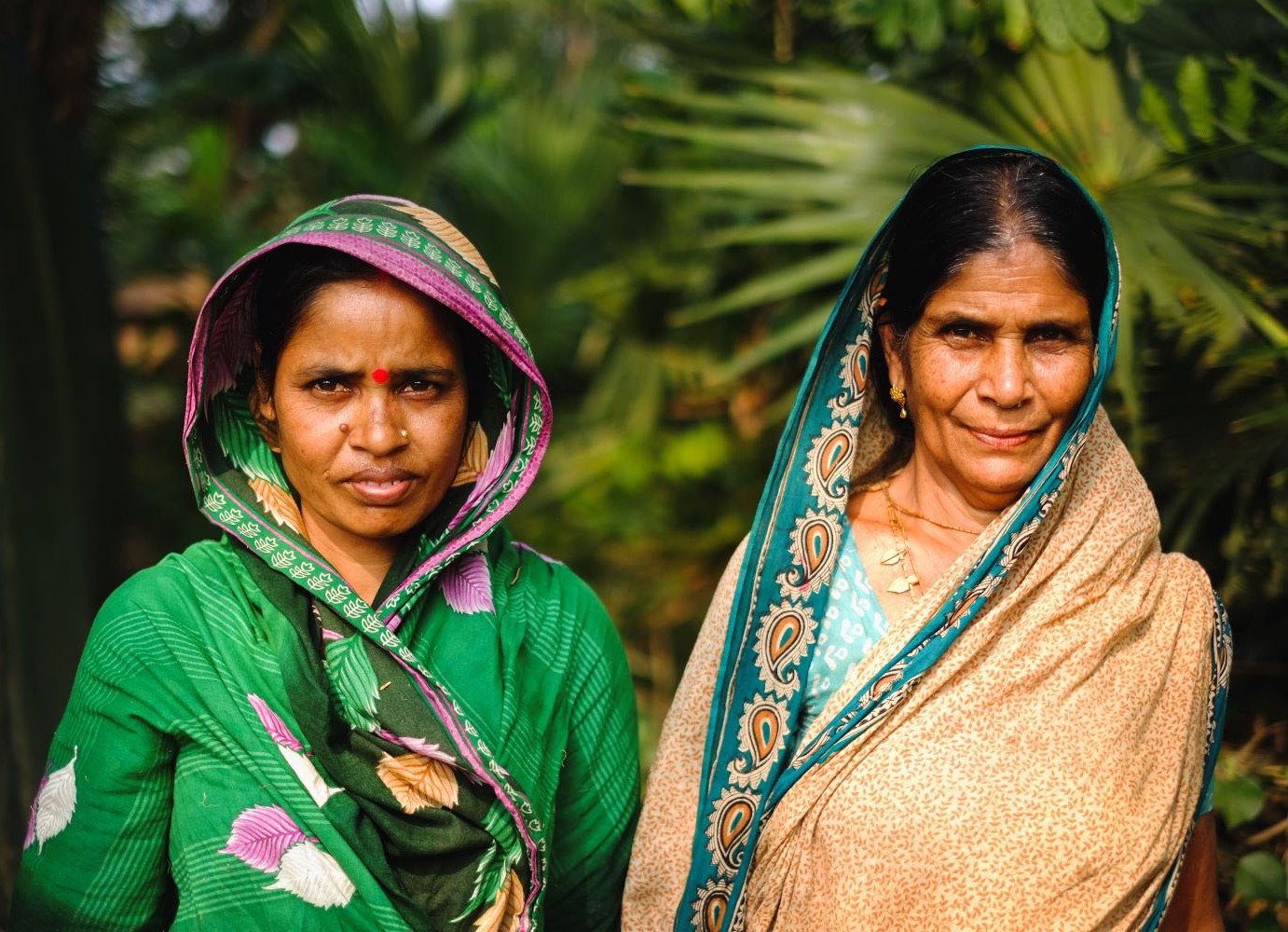The final piece of the puzzle is in place for the Sustainable Development Goals (SDGs). Last Friday, March 11, the United Nations Statistical Commission’s Interagency and Expert Group on SDG Indicators (IAEG-SDGs) agreed on 230 individual indicators to monitor the 17 goals and 169 targets of the SDGs. We now have a complete picture of the SDG agenda for the next 15 years, right?
Not quite.
The IAEG-SDGs was stuck between a rock and a hard place. It could either put forth a set of indicators that would credibly cover all 169 targets, or put forth a set of indicators with sound methodologies and significant country coverage. It chose the former option. This means that roughly half of the 230 indicators lack acceptable country coverage, agreed-upon methodologies, or both.
In the long run, this strategy could make sense. Over the next 15 years, new technologies will allow for better and more complete data collection methods and measurement. In recognition of this, the IAEG-SDGs intends to regularly update and refine the indicators as they evolve.
But what about right now? The world is already 75 days into implementing the SDGs and as many as half of the indicators are not yet ready for primetime. And that is a generous estimate. The Sustainable Development Solutions Network (SDSN) has created a preliminary SDG Index and SDG Dashboard using only indicators with significant country coverage, technically sound methodologies, and frequent updates. An application of this criteria left the SDSN with 39 viable indicators.
Adopting so many indicators — viable and otherwise — could end up harming the larger SDG agenda to “Leave No One Behind.” This is because many of the countries for which little to no data exist are the very countries that require special attention from the global community to move the needle forward. Take, for example, indicator 1.1.1 on the proportion of the population below the international poverty line. Seventy-two of the 193 UN member states report no data for this indicator since at least 2000. Interestingly, these countries fall into three broad categories: 10 conflict or fragile states, 19 small-island nations, and 45 high-income countries. (Some countries fall into multiple categories.) This dearth of data points to potential problems for both the “Leave No One Behind” focus and the universality agenda.
Numerous groups both within the UN and without are focused on SDG implementation and the relevant data to monitor it. It’s one thing to identify the countries and targets for which we lack data; it’s quite another to get the systems in place to mark baselines and begin reporting on indicator progress. If the UN and its member states are prepared to advance an agenda with 17 goals, 169 targets, and 230 indicators, they must also be prepared to bring the same level of ambition and resolve to monitoring and implementation.
CGD blog posts reflect the views of the authors, drawing on prior research and experience in their areas of expertise.
CGD is a nonpartisan, independent organization and does not take institutional positions.





